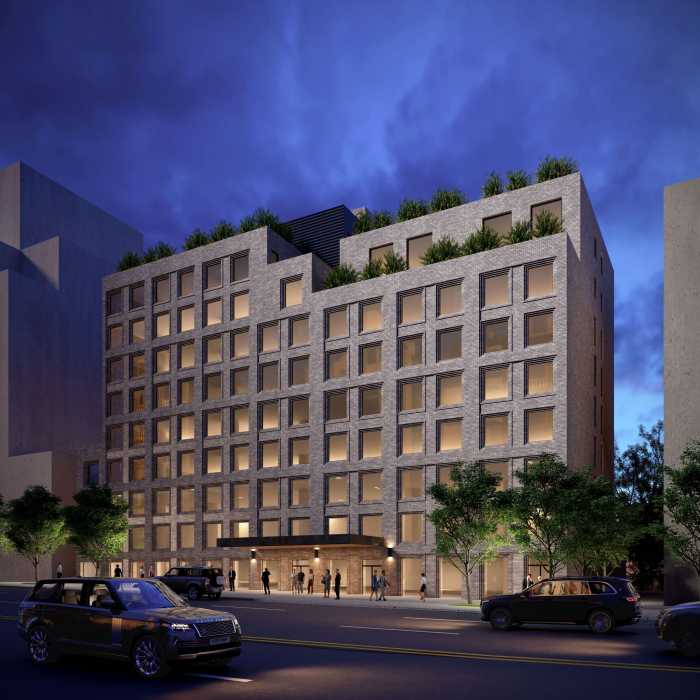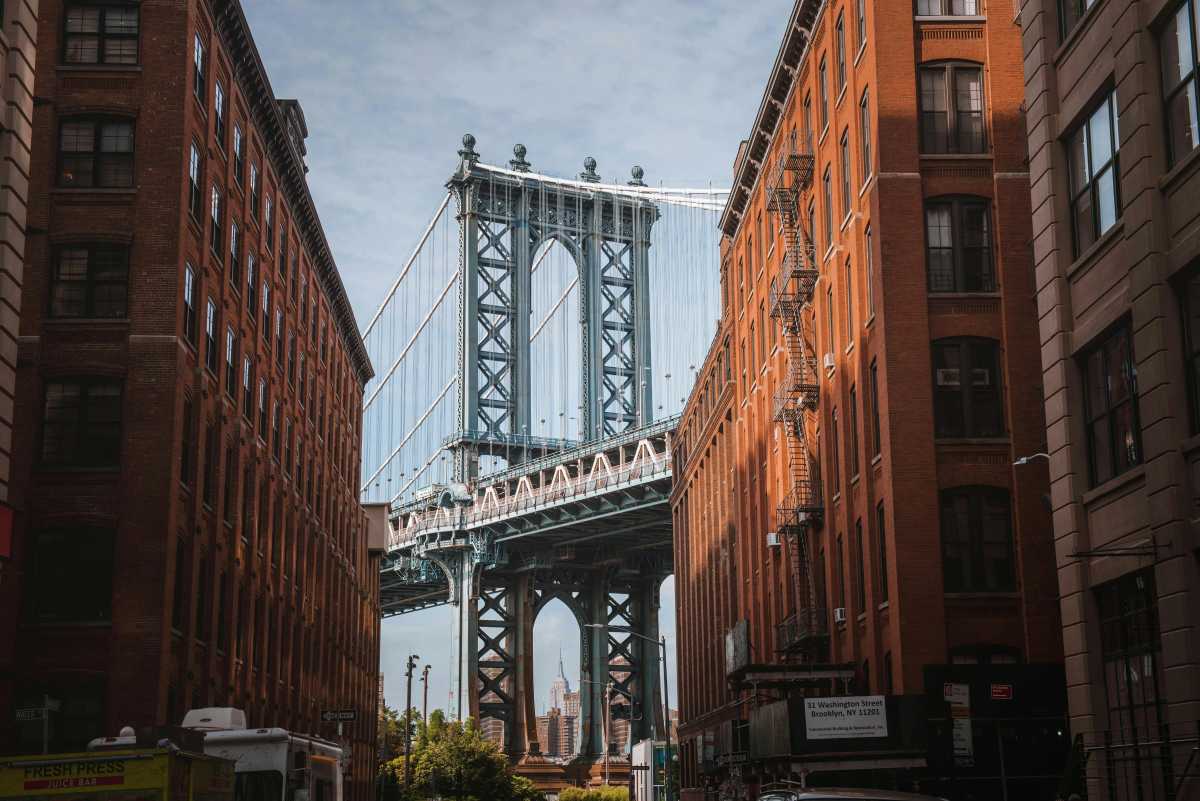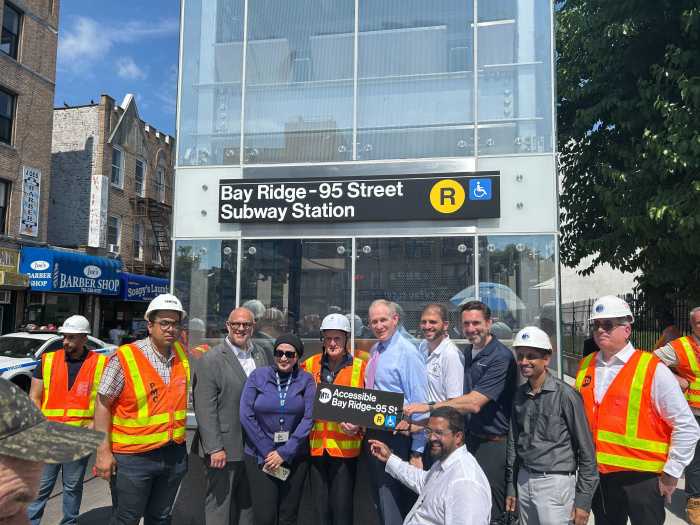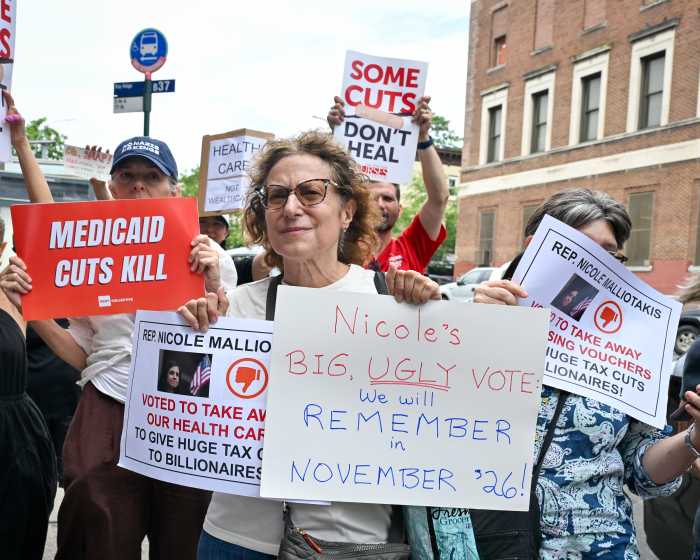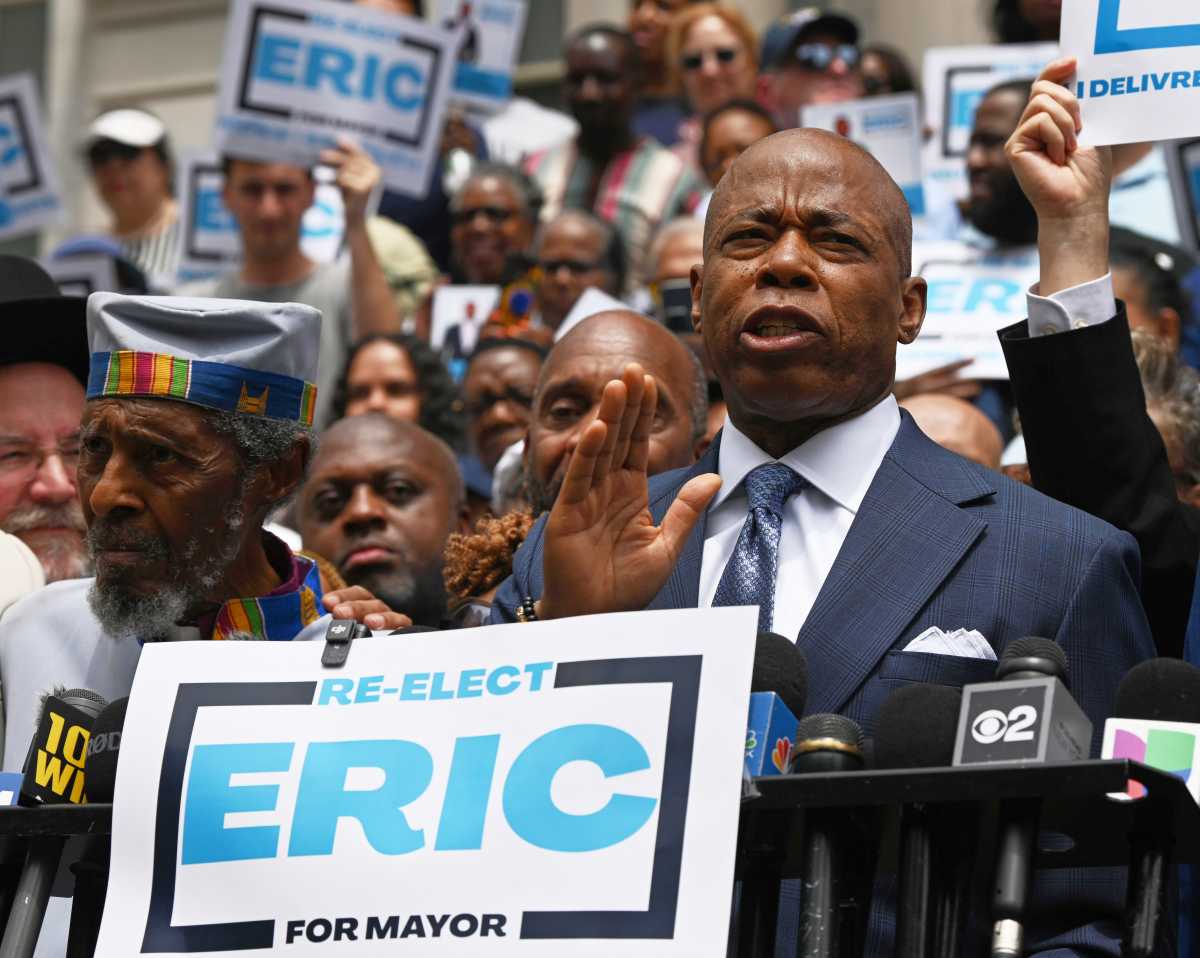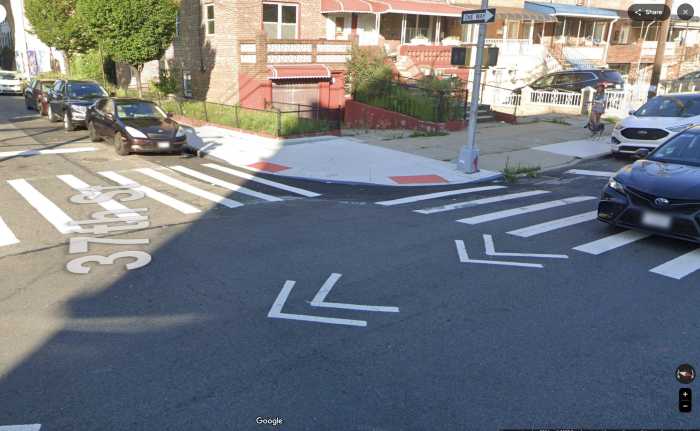Community Board 10 is about to take its concerns about illegal curb cuts beyond its borders.
At the organization’s November meeting, which was held at the Norwegian Christian Home, 1250 67th Street, board members agreed to reach out to other boards across the borough and the city to find allies in its fight to crack down on homeowners who create driveways that do not comply with the city’s zoning regulations, or who do not get the appropriate permits before cutting the curb.
The issue has been an ongoing one for the board, remarked Joanne Seminara, the chair of the board’s Zoning and Land Use Committee.
“In this community,” she stressed, “you can’t park.” The illegal curb cuts, she added, are “a continuing scourge in the neighborhood.”
In saying that, however, she added that the communities represented by CB 10 are hardly alone. “I’m sure some communities have it as bad as we do,” Seminara told her listeners. “We need to find out who they are.” Seminara brought the issue up after it had been discussed at length by the zoning committee, noting that the board office had compiled a list, this past summer, of non-compliant or downright illegal curb cuts and parking pads throughout Bay Ridge, Fort Hamilton and Dyker Heights.
From that list, Seminara proposed that the board, “Create a dossier of some 20 egregious examples of non-compliant and/or illegal curb cuts throughout our district to support a campaign to encourage other community boards that suffer from these problems, and provide them with guidance on how to create similar anecdotal files to use in support of citywide action to address these problems.”
There are really two issues that arise from the proliferation of curb cuts. For one thing, they reduce the number of on-street public parking spaces; in addition, they significantly change the streetscape, turning tree-lined residential blocks into stretches of concrete, as homeowners eager to secure a personal parking spot dig up front gardens and replace them with parking pads.
Beyond reaching out to other community boards, the zoning committee, Seminara said, proposed following up on pending legislation that had been introduced last year by City Councilmember Vincent Gentile, but, despite testimony in support by CB 10 representatives, had not made it out of committee.
The legislation had “completely stalled,” Seminara remarked.
One of Gentile’s bills would require surveys of all existing curb cuts by the city, as well as notification to the appropriate community board of curb cut applications that are received. A second would create a process for restoring illegal curb cuts. Both bills, he had said at the time they were introduced, are intended as a response to the “rampant abuse of self-certification in relation to curb cuts.”
In addition, Seminara noted, the board must advocate for increased enforcement of illegal curb cuts. Currently, while homeowners can receive violations if their curb cuts are non-compliant, there is no mechanism to force them either to pay the fines or to correct the situation.


